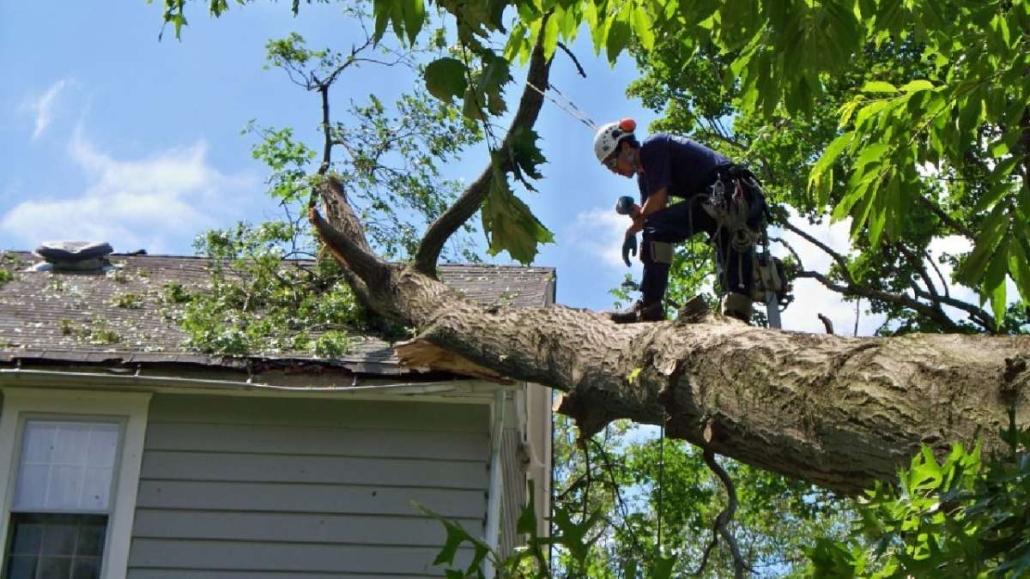Tree removal is a common practice in urban and suburban areas, often necessary for reasons such as maintaining public safety and infrastructure. However, it can spark concern and opposition among local residents. In this article, we will explore the various public concerns surrounding tree removal and how they are addressed by municipalities and arborists. By understanding the considerations and processes involved in tree removal, we hope to clarify the reasons behind this practice and alleviate some of the concerns that the public may have.
In addressing public concerns regarding tree removal, it is crucial to consider the environmental impact of such actions. Balancing public safety with tree preservation is a delicate task that requires careful planning and consideration. By involving the community in the decision-making process, we can ensure that their voices are heard and that any tree removal is done in a sustainable and responsible manner.
Implementing sustainable tree management practices is essential to mitigating the negative effects of tree removal. By promoting education and awareness initiatives, we can help the public understand the importance of trees and the necessity of sometimes removing them. By working together with the community, we can create a more environmentally conscious and sustainable approach to tree management.
- Consider the environmental impact
- Balance public safety with tree preservation
- Involve the community in decision-making
- Implement sustainable tree management practices
- Promote education and awareness initiatives
Q&A
Q: Why is tree removal a topic of public concern?
A: Tree removal can impact the environment, wildlife habitats, and the aesthetic appeal of an area, leading to concerns from the public.
Q: What are some common reasons for tree removal?
A: Trees may be removed for safety reasons, to make way for development, or due to disease or damage.
Q: How can communities address public concerns about tree removal?
A: By implementing tree preservation policies, engaging with the public in decision-making processes, and planting new trees to replace those that have been removed.
Q: What steps can be taken to minimize the negative impacts of tree removal?
A: Hiring certified arborists, assessing the health of trees before removal, and considering alternative solutions such as pruning or transplanting.
Q: How can individuals get involved in tree preservation efforts?
A: By participating in tree planting events, advocating for tree preservation policies, and educating others about the importance of trees in our communities.
Conclusion
In conclusion, understanding and addressing public concerns surrounding tree removal is essential in promoting responsible and sustainable practices. By engaging with communities, providing transparent information, and considering alternatives, we can work towards finding solutions that balance the need for development with the preservation of our natural environment. Through open communication and collaboration, we can strive to create a better future for our communities and our planet. Thank you for reading.
Simpsons Tree Services, Servicing Melbourne’s North Eastern Suburbs
Book a quote online at www.simpsonstrees.com.au




